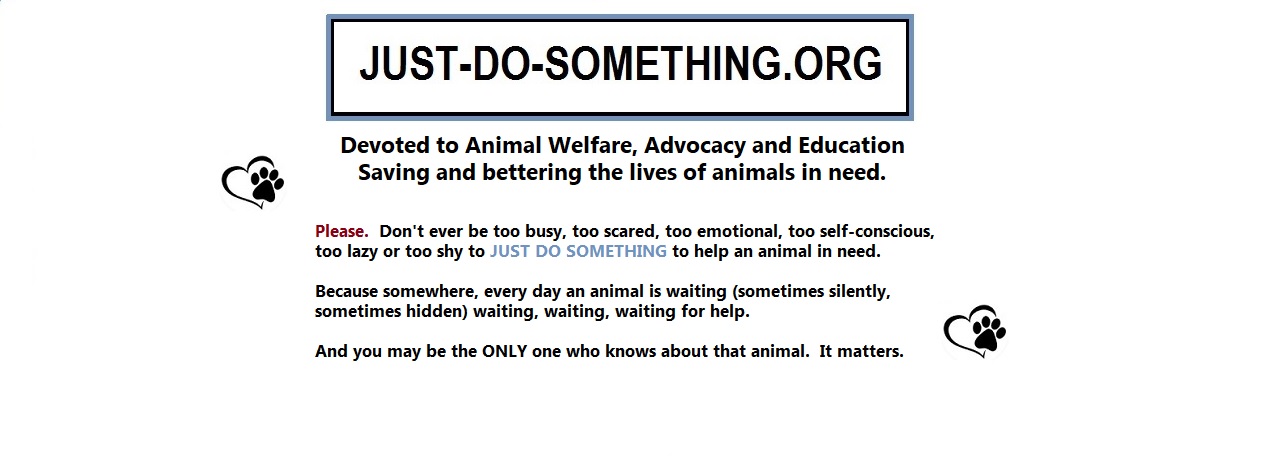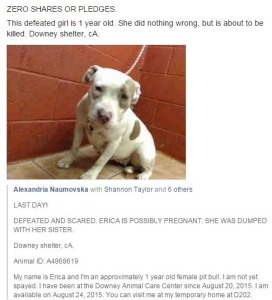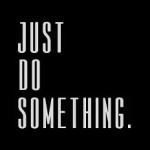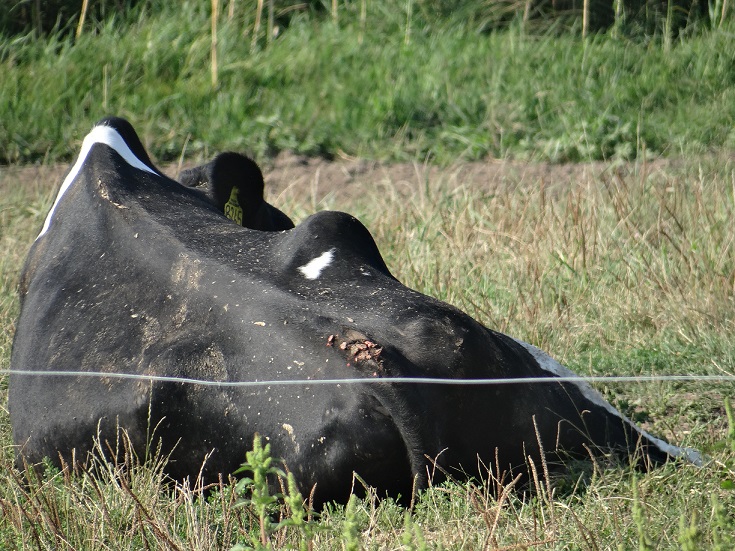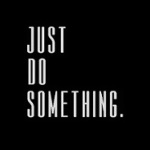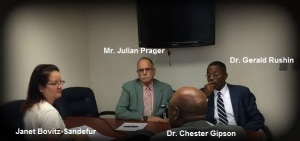I’M HOME! (From the new parents of #Eloise)
Janet’s note: Not always are we – those that share and network the hundreds of animals in need who come our way via social media every day – able to follow a rescue story from beginning to end. It’s such a wonderful story when we are able to do just that. There were so many wonderful, caring people and organizations who helped network #Eloise earlier this year.
Hopefully, every person who took the time to help her in her freedom journey, remember her.
Since that very first day I came across her networking post, she has been in my heart. And although the need to share for her stopped because we were able to get her out of that high-kill shelter, she has never been far from my thoughts. Since that day, many months ago, I have kept in routine contact with New Leash on Life to get updates on how she has been doing. And they, knowing how much she means to me, have kept in routine touch with me.
Eloise and her safe keepers at New Leash on Life have been waiting patiently for that special day when she would leave re-homing behind, and join her very own family. I must say, I have been waiting, also.
This week, Eloise met her forever family. Here is the wonderful end to her story, from her new family:
Finding Sophie
Our story with Sophie started on a slightly sad note. After a couple months of declining health we lost our beloved 13 year old Black Lab, Bentley. The first week of grief was intense. And although we knew we eventually would want to adopt another rescue dog, but we didn’t know what the timeline would be like.
However, I pretty quickly started lurking local Los Angeles rescue sites. I didn’t know that a new dog could fit in our cat-filled lives but I eventually landed on New Leash On Life, a rescue located in the Santa Clarita Valley where we currently live.
I want to be clear, I was just lurking. That is until I saw a dog named Pocahontas (or formerly, Eloise) and instantly fell in love with her. You could see from the three small photos on the rescue’s website that she had been over-bred and probably had a hard life until NLOL picked her up from the high kill shelter in which she found herself. But you could also see that she also had a kind face and a wagging tail. She checked out for all of our must haves: good with dogs, good with cats, good with kids and most importantly, in need.
I must have watched the little video of her 50 times, I showed my husband her profile and photos and he agreed that we should set up a time to go meet her. I filled out an application so we could meet her and got an immediate response from the rescue that we we’re an ideal match to meet her. I was over the moon. I spent the next 24 hours choosing a shirt to wear to impress the dog and the people at the rescue. True story.
The next day we drove out to the absolutely stunning rescue to meet our girl. I was so excited. I’d read that she liked tennis balls so we stopped at a sporting goods store to pick some up just in case my outfit didn’t impress her.
Our first meeting went really well, she was sweet and easy-going. She was thrilled we’d brought tennis balls and was happy to meet us. She spent the majority of our first visit laying on the floor with a tennis ball in her mouth.
We were in love.
We set up a meeting for her adoption a few days later. We spent the days leading up to the formal adoption primping and priming. I liken it to preparing a nursery for a baby. Sophie had a temperament test with some cats and passed with flying colors, so it was time to make good on our adoption.
She eased into our home like she’d always been there. She was thrilled to have her own bed and toys and to trot around in our yard.
She has been an absolute JOY to have in our home. She’s in love with our older cat, who has always identified as a dog. She’s got a basket of tennis balls to pick from, a cushy bed to sleep on, and more love than she knows what to do with. We feel so lucky to have her in our lives. She is such a testament to the true nature of Pitt Bulls. What we know of her life is so dark. We are so honored to be the light.
Currently she is laying in her bed playing with a toy asparagus she likes to carry around to show people. What a pleasure it is to have her in our lives.
There are THOUSANDS of Sophie’s waiting for forever homes. Waiting for kindness, compassion, to be given a break. No effort is ever wasted when it comes to helping ANY animal in need. It takes little effort to share on social media, and a little more effort to make those calls, network, transport – SAVE OR BETTER A LIFE. Whatever YOU do in your life, please make it a point to consider expanding your corner of the universe to make life better for an animal in need. So many are over-looked.
With that said, this is Erica (below). Her time at Downey Animal Shelter – the same shelter that Sophie came from – is very limited. JUST DO SOMETHING.
